Top 10 Fastest-Growing Blockchains in 2025 Ranked by Active Users Growth
Imagine stepping into a digital world where speed, accessibility, and innovation collide, much like how smartphones revolutionized communication overnight. That’s the blockchain landscape in 2025, where networks aren’t just surviving—they’re thriving on genuine user engagement. Forget the hype of yesteryears; this year, it’s all about real people interacting daily, driving ecosystems forward. As of September 11, 2025, we’re diving into the top performers, ranked by their surging active users—those unique wallet addresses buzzing with transactions. These chains, from powerhouse layer-1 foundations to nimble layer-2 enhancers, are reshaping finance, gaming, and beyond. Let’s explore what makes them tick, backed by the freshest data showing their explosive growth.
Understanding Blockchain Growth Drivers in 2025
Picture blockchain as the backbone of a vast digital city, where active users are the residents bringing life to its streets. In 2025, growth isn’t fueled by empty promises but by tangible upgrades and everyday utility. Think of it like upgrading from a clunky old car to a sleek electric model—sudden efficiency draws crowds. Key metrics like monthly active addresses reveal the true story, highlighting how decentralized finance (DeFi), non-fungible tokens (NFTs), and stablecoin usage are pulling in millions. Partnerships with big players and inflows from Bitcoin ETFs are supercharging this, with institutional money pouring in at record levels. Yet, challenges loom, like inflated stats from bots, scalability hurdles, regulatory clouds, and fierce rivalry between layer-1 and layer-2 networks. Despite these, the industry’s pulse is stronger than ever, with user numbers climbing as technology evolves.
Criteria for Ranking Fastest-Growing Blockchains
To rank these blockchain stars, we’re zeroing in on active user growth, that vital sign of real adoption. Each network gets a spotlight on whether it’s a sturdy layer-1 (the base infrastructure with its own consensus) or a speedy layer-2 (scaling sidekick to giants like Ethereum). We factor in metrics like fully diluted valuation (FDV)—that big-picture value if all tokens were out there—and 30-day trading volumes. It’s like comparing marathon runners: who has the endurance, the speed bursts, and the crowd support? Drivers include tech innovations and partnerships, while challenges like centralization or outages keep things real. Active users? That’s any unique wallet firing off a transaction, a direct measure of engagement.
Spotlight on the Top 10 Fastest-Growing Blockchains by Active Users
Diving deeper, these blockchains stand out not just for numbers but for how they’re weaving into daily life, much like how social media became indispensable.
1. Solana: Leading with Speed and Reliability
Solana, a lightning-fast layer-1 blockchain powered by its proof-of-history consensus, is tailored for scalable apps and markets. As of now, it boasts 58 million monthly active users, an FDV of $108.5 billion, and $290 billion in 30-day token trading volume. Its rise? A boom in DeFi, NFTs, and memecoin trading, plus the Firedancer client enhancing stability and drawing institutions. Compare it to a high-speed train zipping past slower commuter rails—Solana processes thousands of transactions per second. But it faces hiccups like past downtimes and debates over centralization, battling efficient layer-2 rivals. Fun fact: Its proof-of-history tech enables that blistering pace, fueling everything from finance to fun tokens.
2. Near Protocol: Innovating with AI and Efficiency
Near Protocol, another layer-1 using thresholded proof-of-stake, shines in scalability and AI tools for apps. It now has 52 million monthly active addresses, an FDV of $3.2 billion, and $8 million in recent trading volume. Growth comes from AI agents, ultra-low fees, carbon-neutral ops, and ties like EigenLayer for quick finality, expanding into DeFi and gaming. It’s like a smart home system that anticipates your needs—efficient and forward-thinking. Challenges include rivals’ speed edges, price swings, and sharding risks. Notably, its eco-friendly stance holds strong amid competition.
3. BNB Chain: Powering DeFi with Speed Upgrades
Backed by robust infrastructure, BNB Chain is a layer-1 supporting DeFi, NFTs, and Ethereum-compatible apps. It reports 47 million monthly active addresses, a staggering $122 billion FDV, and $57 billion in trading volume over 30 days. Drivers? Slashed block times to 0.75 seconds and AI for data control. Yet, centralization worries and regulatory eyes pose tests, much like a popular app facing privacy scrutiny.
4. Base: Affordable Scaling for Everyday Users
Built by a major exchange, Base is an Ethereum layer-2 with optimistic rollups, emphasizing cheap DeFi and apps. Now at 22 million monthly active addresses, with $3 billion FDV and ultra-low $0.01 fees, it leverages a massive user base for easy entry, stablecoin boosts, and consumer partnerships. It’s akin to a budget airline making travel accessible—democratizing blockchain. Congestion and Ethereum reliance are hurdles, plus regulatory compliance in its young ecosystem.
Amid this vibrant growth, platforms like WEEX exchange are aligning perfectly with these trends, offering seamless trading for tokens from these top blockchains. With its user-friendly interface, low fees, and strong security features, WEEX enhances credibility by providing reliable access to emerging ecosystems, making it easier for newcomers to dive in and capitalize on the momentum without unnecessary hurdles.
5. Tron: Championing Low-Cost Transactions
Tron, a high-throughput layer-1 for content sharing and Telegram ties, focuses on affordable stablecoin moves. It has 14.8 million monthly active addresses, $34 billion FDV, and $52.5 billion in trading. Near-zero fees, AI integrations, and partnerships like Rumble Cloud drive it, but regulations and centralization risks linger, like shadows on a sunny path.
6. Bitcoin: The Timeless Store of Value
Bitcoin, the pioneer with proof-of-work, remains a digital gold standard. With 11 million monthly active addresses, $2.35 trillion FDV, and $1.35 trillion in trading, ETF inflows—hitting $28 billion from big investors by Q4 2024—and halving-reduced supply fuel it. High energy use and volatility from global events challenge it, yet its resilience is unmatched, like an ancient oak in a storm.
7. Aptos: Scalable Innovation from Experts
Crafted by former Meta talents, Aptos is a layer-1 using Move for secure, scalable DeFi apps. At 10.5 million monthly active addresses, $5.5 billion FDV, and $13.5 billion trading, its 19,200 TPS peak and Tether USDt launch push growth. It needs wider reach against established players, much like a new athlete challenging veterans.
8. Ethereum: The Smart Contract Giant
Ethereum, the proof-of-stake leader for DeFi and NFTs, has 9.8 million monthly active addresses, $525 billion FDV, and $1.15 trillion trading. The Pectra upgrade improves UX, with ETFs and staking drawing institutions. Fees and scalability issues persist, plus regulatory pressures, but its ecosystem is a bustling metropolis.
9. Polygon: Multichain Scaling Powerhouse
Polygon provides Ethereum scaling with proof-of-stake, backing DeFi and enterprise. Now with 7.5 million monthly active addresses, $2.7 billion FDV, and $4.5 billion trading, Heimdall v2 boosts links, plus Fortune 500 ties. MiCA regulations and layer-2 competition test it. Interestingly, that upgrade cements its hub status in web3.
10. Arbitrum One: Efficient Ethereum Enhancer
Arbitrum One, a layer-2 with optimistic rollups, offers quick, cheap trades on Ethereum’s security. It has 4.2 million monthly active addresses, $5.2 billion FDV, and $14.5 billion trading. Robinhood integrations and Stylus for fee cuts drive it, though Ethereum dependence and rivalry from Optimism are factors.
Emerging Trends Shaping Blockchain Adoption
The 2025 blockchain surge feels like a wave building to a crest, with stablecoins like USDT and USDC ramping up volumes for liquidity. Layer-2s like Arbitrum and Base slash costs to pennies, making apps everyday tools. DeFi and NFTs draw crowds—think GMX on Arbitrum or Polygon’s $230 million Q1 NFT volume. Mainstream blends, like Base’s exchange ties, open doors to millions. Institutions add legitimacy, with 2024’s $36.4 billion Bitcoin ETF haul and corporate pacts, such as Starbucks’ traceability via blockchain.
Recent buzz amplifies this: Google’s top searches include “How does Solana’s speed compare to Ethereum?” and “Best blockchains for DeFi in 2025,” reflecting curiosity about practical use. On Twitter, discussions rage around #SolanaOutage fixes and #BitcoinETF impacts, with a September 10 post from a prominent analyst noting Solana’s user spike post-Firedancer update. Official announcements, like Ethereum’s Pectra rollout confirmation on September 8, underscore ongoing evolution.
Navigating User Growth, Hurdles, and Future Paths
This user boom in 2025 underscores blockchain’s expanding footprint, with chains like Solana and Arbitrum leading through affordability and integration. But watch for bot-inflated stats, decentralization trade-offs, regulatory risks, and layer rivalries. Innovations like better detection, compliant scaling, and AI features are paving the way, ensuring these networks not only grow but endure, much like how the internet matured from novelty to necessity.
FAQ: Common Questions on Fastest-Growing Blockchains in 2025
What makes active users a key metric for blockchain growth?
Active users, tracked via unique wallet transactions, show real engagement beyond hype. It’s evidence of practical use in DeFi or NFTs, with data like Solana’s 58 million proving sustained interest.
How do layer-1 and layer-2 blockchains differ in driving growth?
Layer-1s like Ethereum build the core foundation, while layer-2s like Base enhance speed and cut costs, making them more user-friendly—think base as the engine and add-ons as turbo boosts.
What challenges could slow down these fastest-growing blockchains?
Issues like network outages, regulatory scrutiny, and competition from rivals can hinder progress, but ongoing upgrades, as seen in recent Ethereum announcements, help mitigate these risks.
You may also like
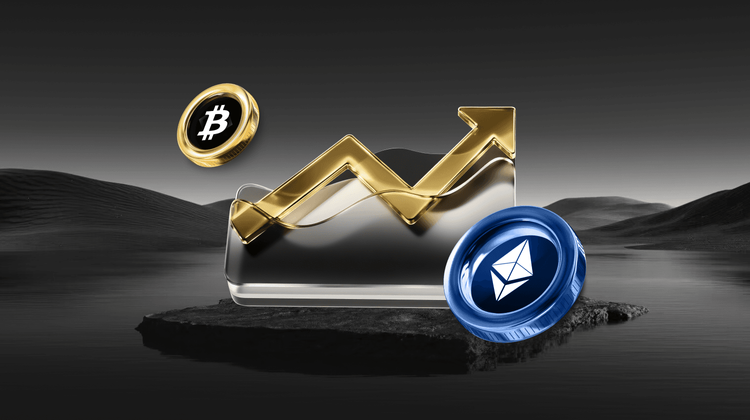
Uniswap Pay Dispute Escalates, Maple Finance Loan volume Hits All-Time High, What's the Overseas Crypto Community Talking About Today?
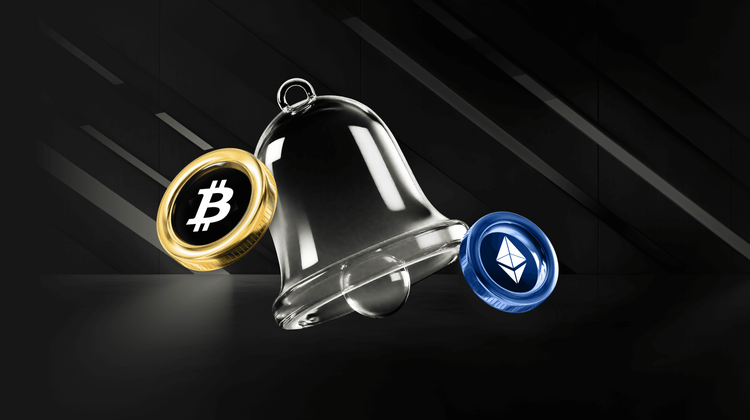
Why is the U.S. Embracing Crypto? The Answer May Lie in $37 Trillion Debt

Galaxy's 26 Predictions for Next Year: Bitcoin to Reach New ATH, Stablecoin Transaction Volume to Surpass ACH System

Key Market Information Discrepancy on December 25th - A Must-See! | Alpha Morning Report

Blockchains Quietly Prepare for Quantum Threat as Bitcoin Debates Timeline
Key Takeaways: Several blockchains, including Ethereum, Solana, and Aptos, are actively preparing for the potential threat posed by…

Three Signs that Bitcoin is Discovering its Market Bottom
Key Takeaways: Indicators suggest the selling pressure on Bitcoin is diminishing, hinting at a potential bottom. With improving…
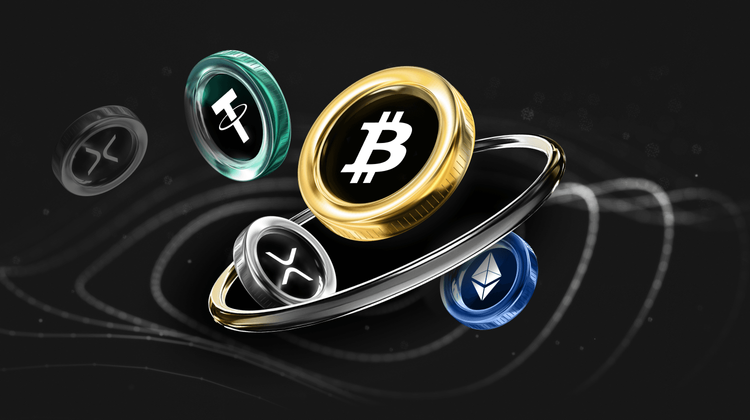
Trump’s World Liberty Financial Token Ends 2025 Significantly Down
Key Takeaways World Liberty Financial, led by the Trump family, witnessed its token value drop by over 40%…
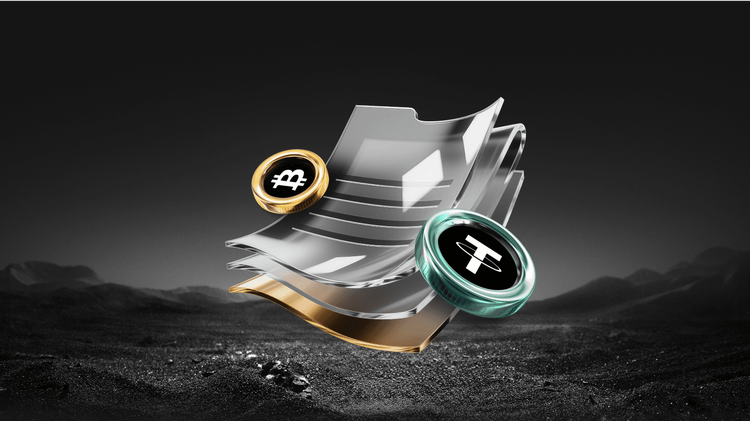
Former SEC Counsel Explains What It Takes to Make RWAs Compliant
Key Takeaways The SEC’s shifting approach is aiding the growth of Real-World Assets (RWAs), but jurisdictional and yield…

Kraken IPO and M&A Deals to Reignite Crypto’s ‘Mid-Stage’ Cycle
Key Takeaways: Kraken’s upcoming IPO may draw significant interest and capital from traditional finance (TradFi) investors, boosting the…
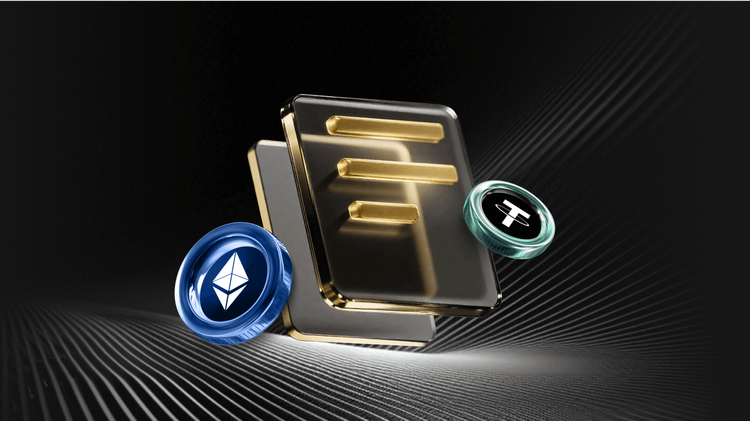
Extended Crypto ETF Outflows Indicate Institutional Pullback: Glassnode
Key Takeaways: Recent outflows from Bitcoin and Ether ETFs suggest a withdrawal of institutional interest. Institutional disengagement has…

HashKey Secures $250M for New Crypto Fund Amid Strong Institutional Interest
Key Takeaways HashKey Capital successfully secured $250 million for the initial close of its fourth crypto fund, showcasing…
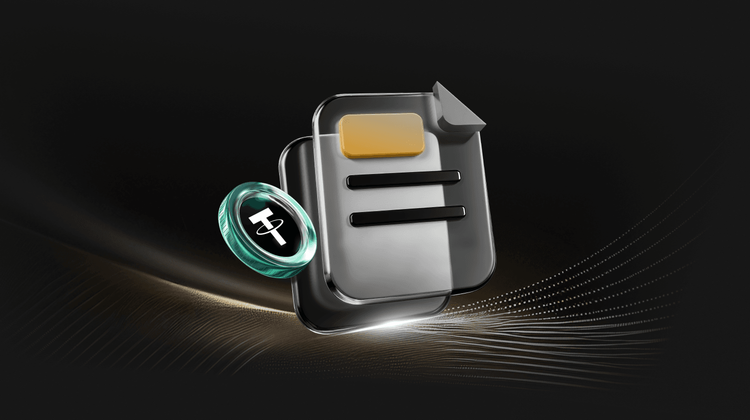
How Ondo Finance plans to bring tokenized US stocks to Solana
Key Takeaways Ondo Finance aims to implement tokenized US stocks and ETFs on Solana by early 2026, enhancing…
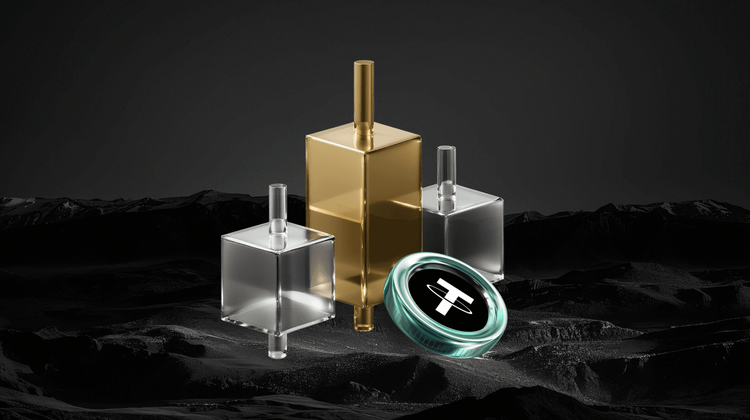
JPMorgan Explores Cryptocurrency Trading for Institutional Clients
Key Takeaways JPMorgan Chase is considering introducing cryptocurrency trading services to its institutional clientele, marking a notable shift…

Trend Research Quietly Becomes One of Ethereum’s Largest Whales with Major ETH Acquisition
Key Takeaways Trend Research has acquired 46,379 ETH, boosting their total holdings to about 580,000 ETH. The company,…

El Salvador’s Bitcoin Dreams Faced Reality in 2025
Key Takeaways El Salvador’s ambitious Bitcoin strategy, introduced in 2021, faced significant challenges and revisions by 2025, particularly…
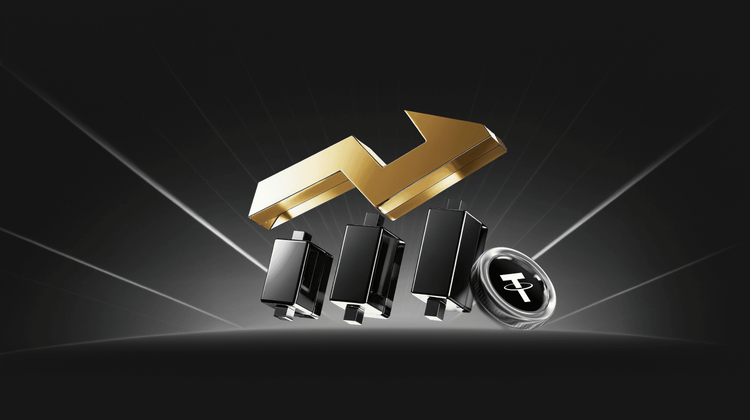
Price Predictions for 12/22: SPX, DXY, BTC, ETH, BNB, XRP, SOL, DOGE, ADA, BCH
Key Takeaways: Bitcoin’s recovery efforts are met with strong resistance, indicating potential bearish trends at higher levels. Altcoins…

Bitcoin Perpetual Open Interest Surges as Traders Look Forward to Year-End Rally
Key Takeaways Bitcoin perpetual open interest has risen to 310,000 BTC, reflecting a bullish sentiment among traders as…

Aave’s $10M Token Purchase Raises Concerns Over Governance Power
Key Takeaways: Aave founder Stani Kulechov’s $10 million AAVE token purchase sparks debates over governance power concentration. Concerns…
Uniswap Pay Dispute Escalates, Maple Finance Loan volume Hits All-Time High, What's the Overseas Crypto Community Talking About Today?
Why is the U.S. Embracing Crypto? The Answer May Lie in $37 Trillion Debt
Galaxy's 26 Predictions for Next Year: Bitcoin to Reach New ATH, Stablecoin Transaction Volume to Surpass ACH System
Key Market Information Discrepancy on December 25th - A Must-See! | Alpha Morning Report
Blockchains Quietly Prepare for Quantum Threat as Bitcoin Debates Timeline
Key Takeaways: Several blockchains, including Ethereum, Solana, and Aptos, are actively preparing for the potential threat posed by…
Three Signs that Bitcoin is Discovering its Market Bottom
Key Takeaways: Indicators suggest the selling pressure on Bitcoin is diminishing, hinting at a potential bottom. With improving…
Popular coins
Latest Crypto News
Customer Support:@weikecs
Business Cooperation:@weikecs
Quant Trading & MM:bd@weex.com
VIP Services:support@weex.com
